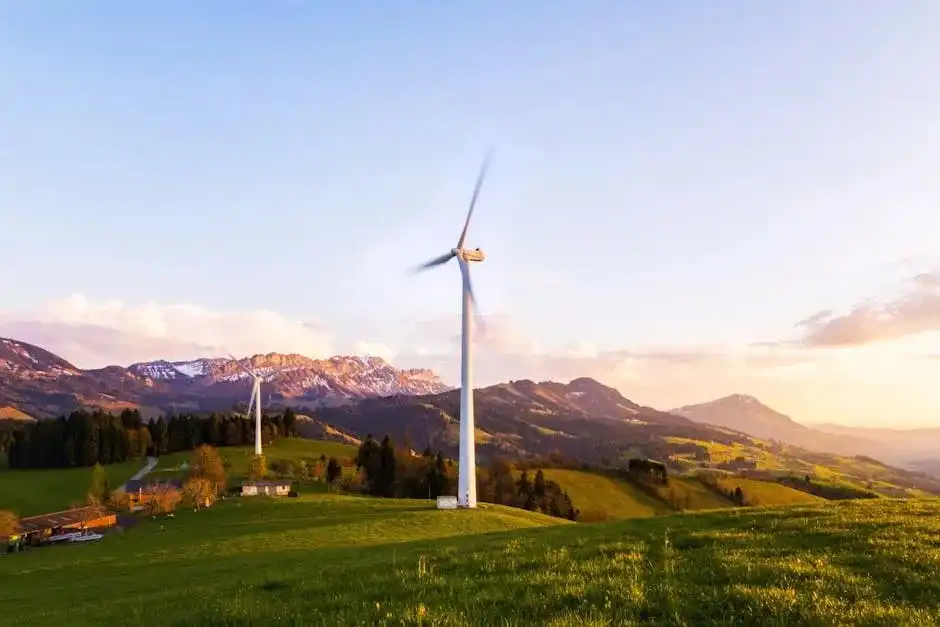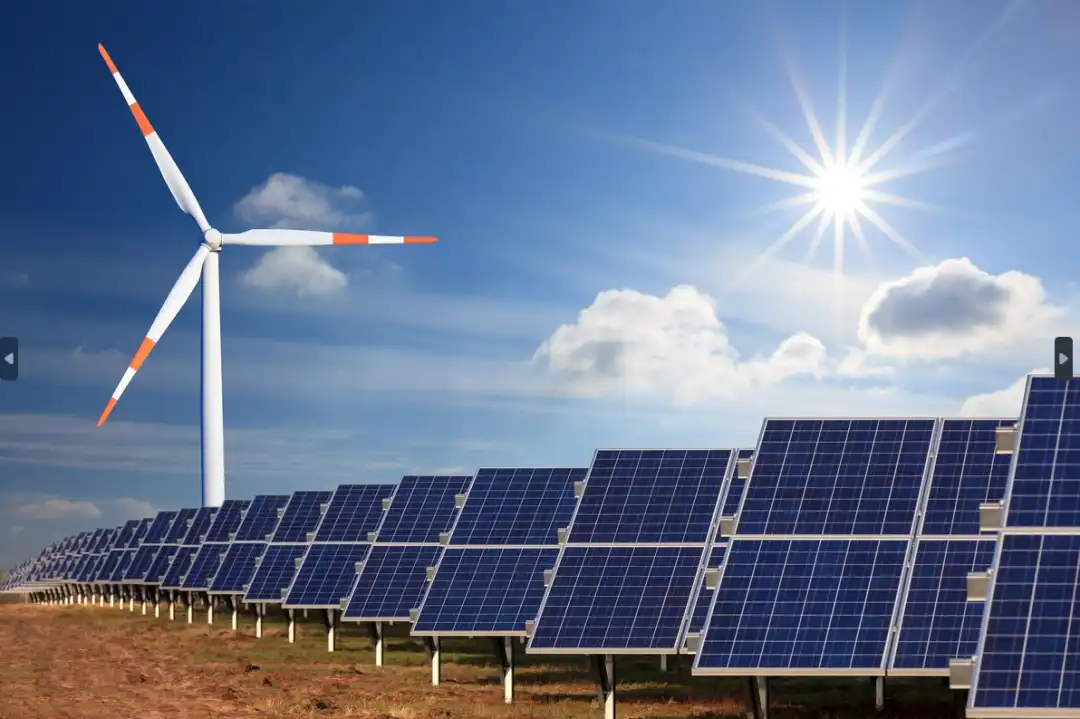Renewable energy installed capacity sets another record, focusing on energy transformation in developing countries
The International Renewable Energy Agency pointed out that the development of renewable energy continues to accelerate, but the problem of uneven geographical and technological deployment has become more prominent. In the future, more attention should be paid to the energy transformation process of developing countries.

Recently, the International Renewable Energy Agency released a report showing that in 2023, the global installed capacity of renewable energy power will set a new record, with an increase of 473 GW, and the cumulative installed capacity will exceed 3870 GW. However, the agency pointed out that although the development of renewable energy continues to accelerate, the problem of uneven geographical and technological deployment has become more prominent. In the future, more attention should be paid to the energy transformation process of developing countries and promote the joint development of all regions around the world.
Leading the growth of wind and scenery installed capacity
Data from the International Renewable Energy Agency shows that in 2023, the cumulative installed capacity of global renewable energy will increase by 13.9% year-on-year, with wind power and photovoltaic installed capacity being the absolute protagonists, with new additions accounting for 98% of the total increase. As of the end of 2023, the cumulative installed capacity of photovoltaics, hydropower, and wind power ranks among the top three, accounting for 37%, 33% and 26% of the total installed capacity of renewable energy respectively.
在可再生能源发展中,光伏产业表现尤为突出,随着成本不断下降、利好政策频现,日渐成为可再生能源领域增量主体。其中, China leads the global development of photovoltaic installed capacity, with new installed photovoltaic capacity reaching 216.9 GW, accounting for 91.2% of the increase in Asia. 同时,从全球来看,2023年,新增光伏装机量为346吉瓦,同比增幅高达32.2%,达到可再生能源装机增量的73%,不仅创下单一年份增长纪录,更刷新了市场占比增长纪录。
During the same period, wind power installed capacity increased by 116 GW, accounting for approximately 24%, setting a new record high again. China's wind power installed capacity accounted for about 2/3 of the global total increase, and the United States, Brazil, India and other countries followed suit. In addition, the installed capacity of biomass energy, hydropower and geothermal energy all increased to a certain extent.
The International Renewable Energy Agency analyzed that the reason why renewable energy, represented by scenery, has gained such power is due to the continuous improvement of cost competitiveness of renewable energy, and on the other hand, the policy attention of various countries. Taking the European Union as an example, not only has the cost competitiveness of renewable energy increased, but EU policies have also paid more attention to green energy. The emphasis on energy security issues is a "catalyst" for promoting the rapid development of renewable energy.
The transformation process is "uneven"
尽管可再生能源发展“风光无限”,但国际可再生能源署也指出,全球能源转型步伐并不一致,可再生能源装机增速也出现明显不均。 From a regional perspective, strongly driven by the Chinese market, Asia ranks first in the development of renewable energy, with new installed capacity accounting for about 69% of the global total. 同期内,欧洲可再生能源装机容量增长71.2吉瓦,北美装机增量为34.9吉瓦,南美装机增量为22.4吉瓦,这也是全球可再生能源装机增量最高的几大地区。
In contrast, in 2023, Africa's renewable energy installed capacity will be only 2.7 GW, and the cumulative installed capacity will be 62 GW, accounting for only 1.6% of the global total. Last year, the Middle East added 5.1 GW of renewable energy installed capacity. Although setting a new record for the region, the cumulative installed capacity of renewable energy in the region was 36 GW, accounting for less than 1% of the global total.
The uneven development of renewable energy is equally evident in island countries. According to statistics from the International Renewable Energy Agency, developing island countries including Papua New Guinea, Vanuatu, etc. may have less than 1% of the world's annual greenhouse gas emissions, but they face a more severe climate crisis. Accelerating the development of renewable energy in these regions will not only help these countries maintain energy security and improve climate resilience, but will also hopefully bring positive economic development prospects to them and provide better quality of life and services to residents.

Ramaera, Director-General of the International Renewable Energy Agency, pointed out that the trend of relative concentration of renewable energy technologies and deployments around the world may widen the gap in the pace of decarbonization among countries and pose major risks to the global realization of climate goals. Assistance should be provided to countries with slower transformation during the process of energy transformation.
La Camera further emphasized that governments should ensure a more equitable flow of funds and in the future should direct public funds to countries and regions with large untapped renewable energy potential but difficult to attract investment.
Greater efforts are still needed to promote transformation
Lacamera further stated that the significant increase in installed capacity of renewable energy power generation shows that renewable energy is the only energy transformation technology that can be rapidly and large-scale promoted in order to achieve the established climate goals in the Paris Agreement. However, the growth rate of global renewable energy installed capacity is still not fast enough to achieve the development goal of increasing installed capacity by 7.2 terawatts in the next seven years.
According to estimates, the global renewable energy installed capacity growth rate still needs to double, and the annual new installed capacity reaches approximately 1100 GW before it is expected to achieve the set goal.
In the previously released "World Energy Transformation Outlook", the International Renewable Energy Agency emphasized that all countries are establishing technology deployment paths based on climate action goals, economics and energy security. However, in fact, the global installed capacity of renewable energy has increased. At the same time, many countries are also providing support for the development of fossil fuels. After a brief decline in new investment in fossil fuels in 2020, it has once again entered a rising channel.
In the view of the International Renewable Energy Agency, it is urgent to introduce relevant policies. Faced with existing challenges in global renewable energy development, the International Renewable Energy Agency recommends that priority should be given to developing countries at present and energy transformation should be accelerated through large-scale expansion of financing and strong international cooperation. More investment is needed in power grids, power supply, flexibility and energy storage. In order to achieve the goal of doubling renewable energy by 2030, institutional roles, policy implementation and skills cultivation need to be comprehensively strengthened.

